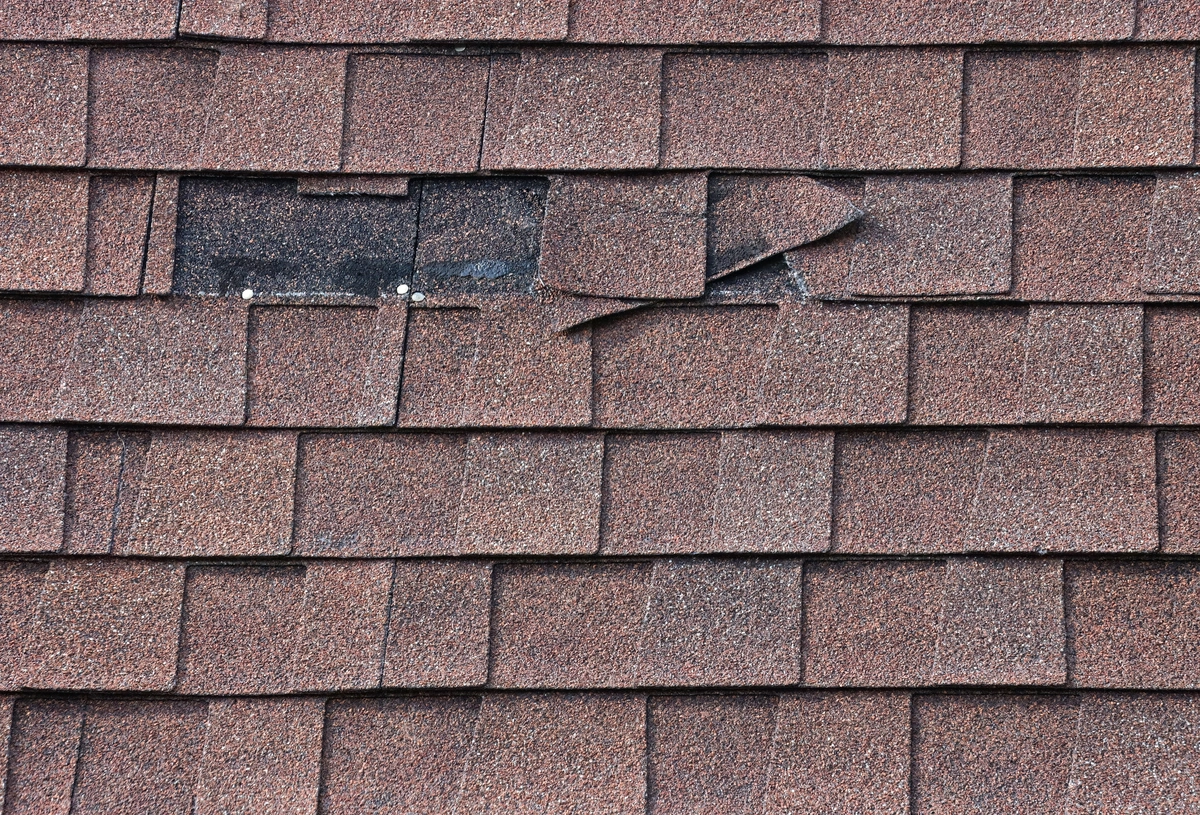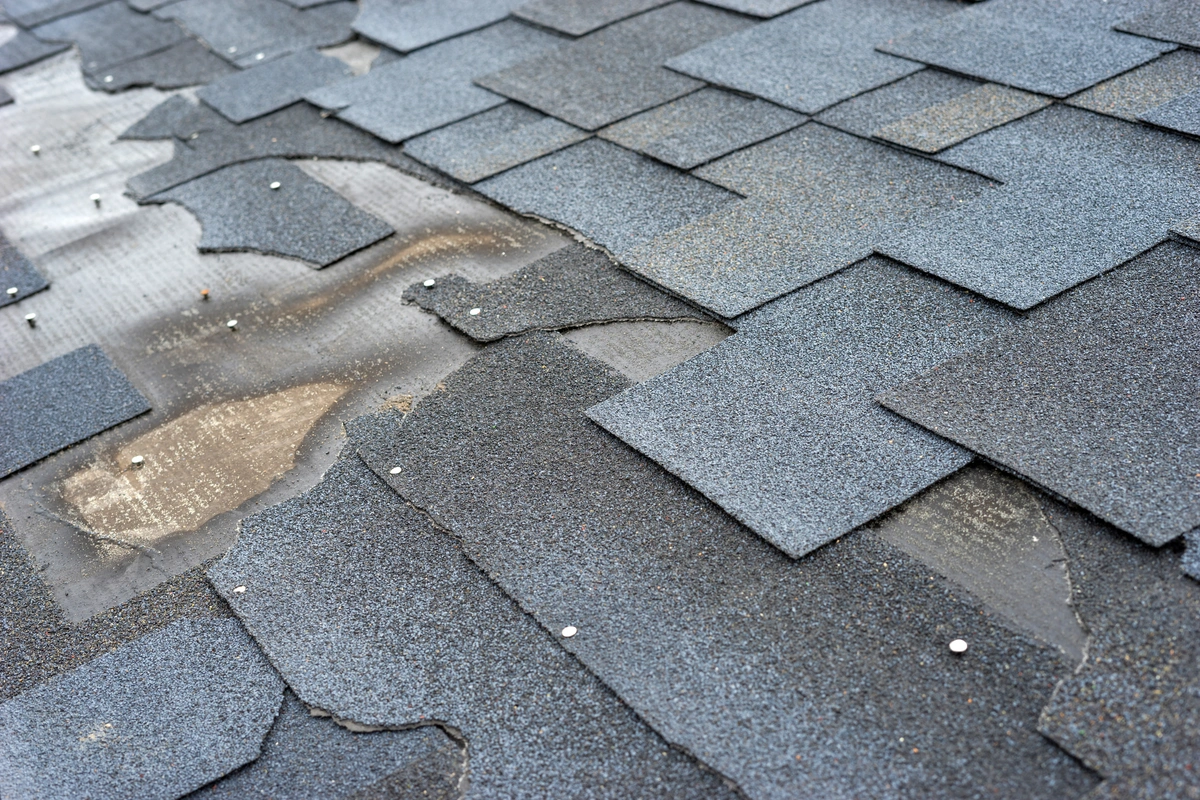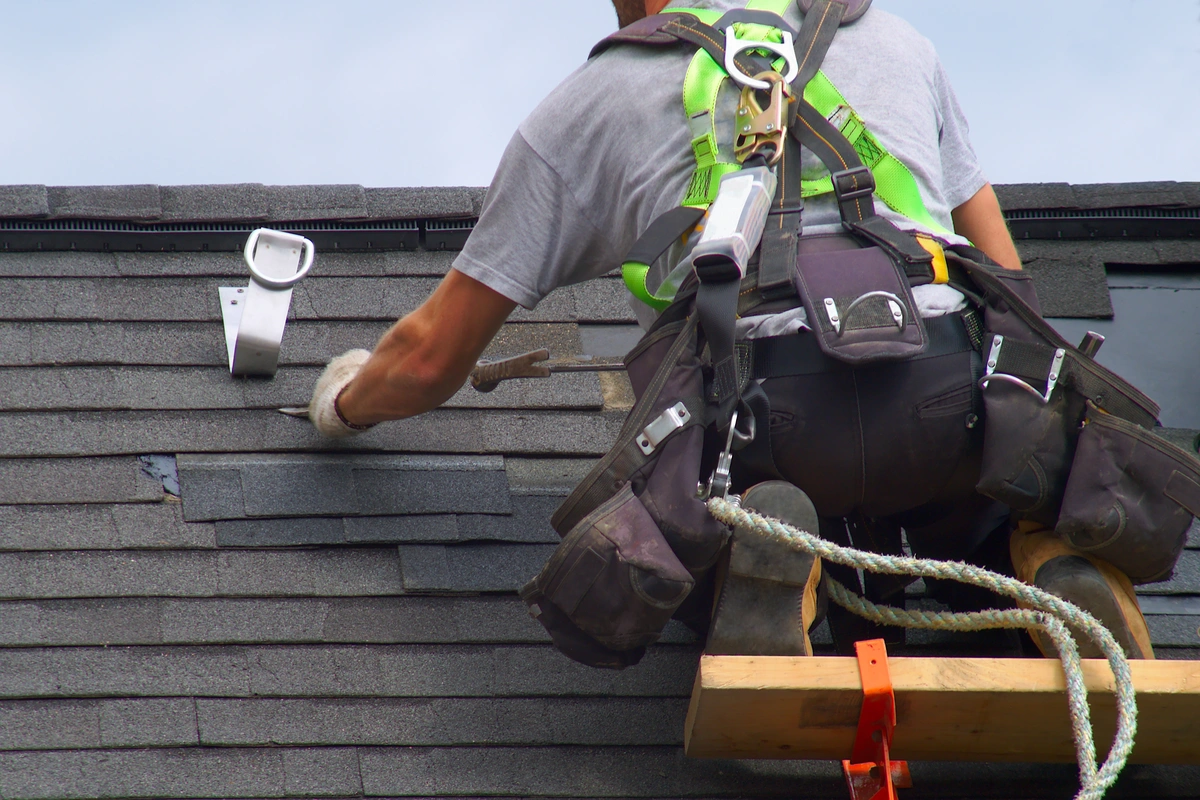A sturdy roof is the crown jewel of any home, protecting it from the elements and ensuring comfort and safety for its inhabitants. However, even the most durable roofs can develop issues over time, and one of the most common problems homeowners face is shingle damage.
Damaged shingles can compromise the integrity of your roof, whether it’s due to
- Aging
- Weather exposure
- Improper installation
This can lead to leaks, water damage, and costly repairs. If you’re looking to tackle your shingle roof repair on your own, you’ve come to the right place. In this guide, we’ll explore everything you need to know about shingleroof repair, from recognizing signs of damage to deciding between DIY fixes and hiring professional roofers.
Signs That You Need to Repair Your Shingles
Before diving into repair methods, it’s crucial to identify whether your shingles require attention. Here are some telltale signs that your shingles may be damaged and in need of repair:
- Missing Shingles: If you notice patches of missing shingles on your roof, it’s a clear indication of damage. Whether they’ve been blown off by strong winds or dislodged due to age, missing shingles expose the underlying roof structure to water infiltration and can lead to more extensive damage if left unaddressed.
- Curling or Buckling Shingles: Shingles that curl or buckle at the edges are often a sign of weathering or improper installation. This can compromise their ability to effectively repel water, making your roof susceptible to leaks and moisture damage.
- Cracked or Damaged Shingles: Cracks, tears, or breaks in shingles are a red flag that they’ve reached the end of their lifespan or have been damaged by severe weather conditions. These compromised shingles can allow water to seep underneath, leading to rot, mold, and structural damage.
- Granule Loss: Asphalt shingles are coated with granules that protect them from UV rays and provide fire resistance. If you notice excessive granule loss, evidenced by bald spots or accumulation in gutters and downspouts, it’s a sign that your shingles are deteriorating and need attention.
- Water Stains on Interior Ceilings: Sometimes, the first indication of shingle damage is not on the roof itself but inside your home. Water stains or damp patches on interior ceilings and walls suggest that water is penetrating through the roof, likely due to damaged or missing shingles.
How to Repair Shingles on Your Own: 6 Steps
For homeowners with a knack for DIY projects and a willingness to work at heights, repairing shingles on your own can be a cost-effective solution. Here’s a step-by-step guide to tackling minor shingle repairs:
1) Gather Your Materials:
Before starting the repair process, gather the necessary materials, includingreplacement shingles, roofing cement, a pry bar, roofing nails, a utility knife, and a caulking gun.
2) Safety First:
Prioritize safety by wearing appropriate footwear with good traction and using a sturdy ladder to access the roof. Avoid working on the roof during inclement weather or when it’s wet or slippery.
3) Remove Damaged Shingles:
Use a pry bar to carefully lift the edges of the damaged shingles and remove any roofing nails holding them in place. Take note of the surrounding shingles to ensure they’re not damaged in the process.
4) Install Replacement Shingles:
Slide the new shingle into place, aligning it with the existing shingles and ensuring a snug fit. Secure the shingle with roofing nails and apply roofing cement to seal the edges and prevent water infiltration.
5) Check for Proper Sealing:
Once the replacement shingle is in place, check for any gaps or exposed areas where water could penetrate. Apply additional roofing cement as needed to create a watertight seal.
6) Conduct a Final Inspection:
After completing the repair, inspect the surrounding shingles for any signs of damage or loosening. Address any issues promptly to prevent further damage to your roof.
While DIY shingle repairs can save you money, it’s important to recognize your limitations and when to call in the professionals. For more extensive damage or if you’re uncomfortable working at heights, it’s best to enlist the services of a professional roofer.
How a Professional Roofer Will Make Repairs
Professional roofers bring expertise, experience, and specialized equipment to the table, ensuring that shingle repairs are done efficiently and effectively. Here’s what you can expect from a professional roof repair service:
- Thorough Inspection: A professional roofer will conduct a comprehensive inspection of your roof to assess the extent of the damage and identify any underlying issues that may need attention.
- Quality Materials: Professional roofers have access to high-quality materials and replacement shingles, ensuring durable repairs that stand the test of time.
- Expertise in Repair Techniques: From minor shingle replacements to more complex repairs, professional roofers are trained in the latest repair techniques and best practices to restore your roof to optimal condition.
- Safety Measures: Roofing can be hazardous work, especially at heights. Professional roofers prioritize safety and adhere to strict safety protocols to protect themselves and your property during repairs.
- Warranty Coverage: Many professional roof repair services offer warranties on their workmanship, providing you with added peace of mind knowing that your investment is protected.
- Timely Completion: With their skills and experience, professional roofers can complete repairs in a timely manner, minimizing disruption to your daily routine.
How Much Roof Repairs Cost
The cost of shingle roof repairs can vary depending on several factors, including the extent of the damage, the type of shingles used, and whether you opt for DIY or professional services. Here’s a breakdown of potential costs:
DIY Shingle Repair:
- Replacement Shingles: $1-$4 per square foot
- Roofing Cement: $10-$20 per tube
- Roofing Nails: $5-$10 per pound
- Total DIY Cost: $50-$200 (excluding labor)
Professional Roof Repair:
- Labor Costs: $50-$150 per hour (depending on the complexity of the repair)
- Material Costs: Vary based on the type and quantity of materials needed
- Total Professional Cost: $200-$1500+ (including labor and materials)
It’s important to budget for roof repairs and weigh the costs against the benefits of protecting your home from further damage. While DIY repairs may seem more cost-effective upfront, professional services can provide long-term value and peace of mind.
Whether or Not Insurance Will Cover Repairs
In some cases, homeowners’ insurance policies may cover the cost of shingle roof repairs, particularly if the damage is caused by a covered peril such as wind, hail, or fire. However, coverage may vary depending on your policy’s terms and deductible. Here are some key points to consider:
- Review Your Policy: Familiarize yourself with your homeowners’ insurance policy and understand what types of roof damage are covered and excluded.
- Document the Damage: Before filing a claim, document the extent of the damage with photos or videos and keep records of any repair estimates or invoices.
- File a Claim Promptly: Notify your insurance provider as soon as possible after discovering roof damage and follow their procedures for filing a claim.
- Understand Your Deductible: Be aware of your insurance deductible, which is the amount you’re responsible for paying out of pocket before coverage kicks in. Compare the cost of repairs to your deductible to determine if filing a claim is worthwhile.
- Work with Your Insurance Adjuster: If your claim is approved, work closely with your insurance adjuster and provide any requested documentation to facilitate the claims process.
Ultimately, whether insurance will cover shingle roof repairs depends on the specific circumstances of the damage and your policy’s terms. It’s advisable to consult with your insurance provider to understand your coverage options and obligations.
How to Choose Between DIY Repairs and Hiring a Professional
When faced with shingle roof damage, deciding between DIY repairs and hiring a professional can be challenging. Here are some factors to consider to help you make an informed decision:
1) Skill and Experience:
Assess your own skill level and comfort with DIY projects, as well as the complexity of the repair needed. If you’re inexperienced or the damage is extensive, it’s best to leave it to the professionals.
2) Time and Resources:
Consider the time and resources required for DIY repairs, including acquiring materials, researching techniques, and completing the work. Professional roofers can often complete repairs more quickly and efficiently.
3) Safety Considerations:
Roofing work can be dangerous, especially for inexperienced individuals. If you’re uncomfortable working at heights or lack the necessary safety equipment, hiring a professional is the safer option.
4) Long-Term Value:
Professional roof repairs come with warranties and guarantees, providing you with peace of mind and long-term value. Consider the potential cost savings and benefits of hiring a professional for quality workmanship.
5) Budgetary Constraints:
Compare the cost of DIY repairs to hiring a professional and weigh the upfront savings against the potential risks and long-term benefits. Remember to factor in the value of your time and the potential for costly mistakes.
Let Us Care for Your Damaged Roof Shingles
Shingle roof repair is a critical aspect of maintaining the integrity and longevity of your home. Whether you choose to tackle repairs on your own or enlist the services of a professional roofer, it’s essential to prioritize safety, quality, and long-term durability. By recognizing signs of damage, understanding repair methods, and weighing your options carefully, you can make informed decisions to safeguard your home and investment for years to come.
Contact Trojan Roofing today for all of your shingle repair needs!



